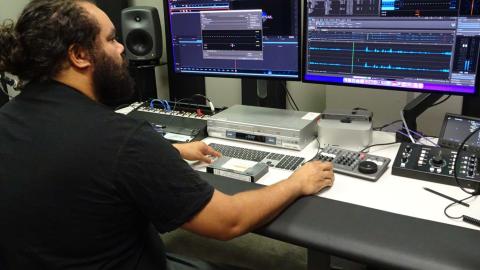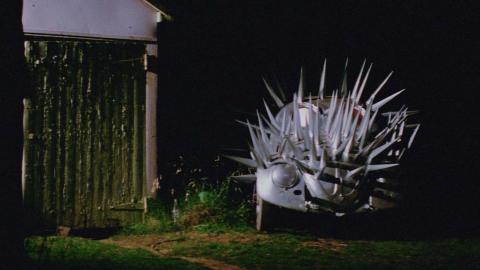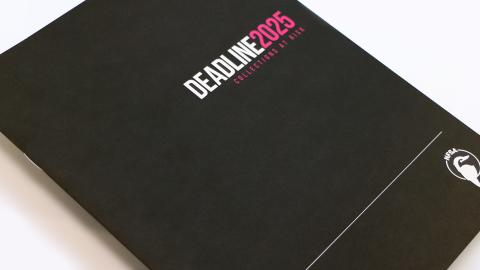
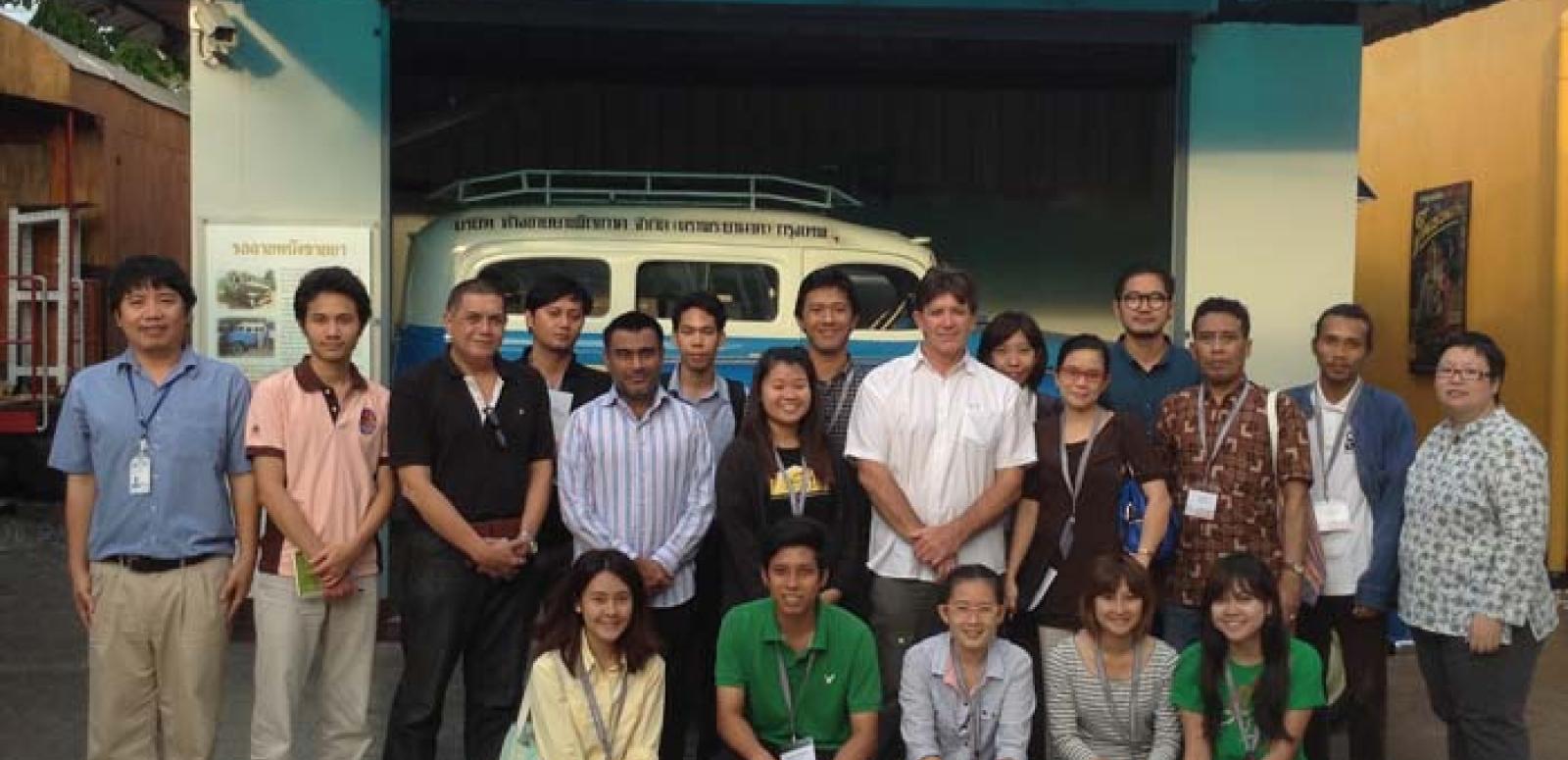
Preservation, social media and ethics
Mick Newnham, head of the NFSA’s Conservation, Research and Preparation team, travelled to South-East Asia to attend the SEAPAVAA Conference (South-East Asia and Pacific Audiovisual Archives Association).
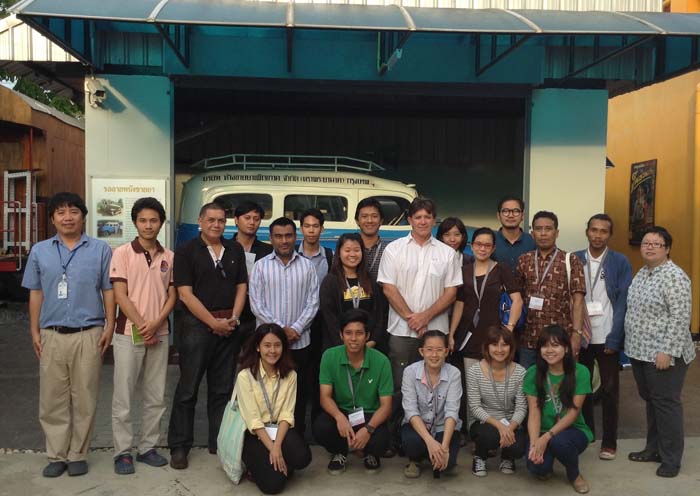
The 17th SEAPAVAA conference was held in May at the Asia Hotel in central Bangkok. Delegates attended from across South-East Asia as well as from as far away as France. SEAPAVAA is officially an organisation devoted to the promotion of audiovisual archiving; in reality it is a family.
The difficulties facing audiovisual collections are common across the region. SEAPAVAA’s greatest function is to connect the members who have solutions, or even partial solutions, to share and develop.
Prior to this year’s conference I was part of a project surveying training needs to assist in the development of a regional training strategy. Disaster planning and project management were identified as the most pressing topics. A multifaceted approach with web-based resources, including resource packages, podcasts and webinars, as well as on-the-ground workshops is being considered.
The NFSA is one of the oldest members of SEAPAVAA and has a tradition of sharing some aspect of our work at every possible opportunity with the other members. The conference theme this year sought views on the change in the profession brought about by widespread availability of digital technology. One of the areas of interest to the conference organisers was the role of social media. So Rod Butler, Senior Manager of the NFSA’s Preservation and Technical Services section, and I started to research any impacts on audiovisual preservation presented by social media.
Much of the existing research in this area covered creation and sharing but did not consider anything beyond immediate use. Any attention given to archiving social media appeared limited to ‘wow’ articles about the size and complexity of the servers run by the giants in the arena (such as YouTube). The findings of our own research were, perhaps quite predictably, that social media presents few challenges greater than ‘normal’ born-digital material in terms of preservation – the major challenge being the limited availability of the technical metadata that is ideally required for detailed preservation planning, such as the specific compression schema used within the file. While there were several excellent papers presented in the sessions that discussed opportunities raised for access and advocacy by social media, our paper was the only one that examined technical issues for archives. Vive le difference!
For the second time, Restoration Asia coincided with the SEAPAVAA conference. The venue for this event was the Technicolor labs in Bangkok where there was 2K digital projection available. Technicolor is one of the very few remaining labs in Asia (and the world!) that can process motion picture film, however even this centralised facility is producing less and less film output.
The Restoration Asia event attracted approximately 30 people, with speakers from Italy, USA and India and South-East Asia presenting information and case studies of recent restorations. My contribution to the event was participating in a panel with Ray Edmondson discussing issues surrounding ethics. My focus was on the significance of conservation and the associated ethics and values that inform a restoration project. I was also on a second panel discussing audio components and the issues involved in the technical selection of the most appropriate components for incorporation into a restoration project.
The two major areas of discussion for the event were around the importance of thorough research on different versions of available material, especially significant where a film may be found in several archives (and spread across several countries), and technical workflows in the digital realm. The latter topic was of particular interest to me.
Restoration projects aim to use the most original generations, ideally original negatives, and since there is significantly less generational loss in digital workflows compared with the traditional photographic process, the end result may have a significantly higher spatial resolution on projection than the film that was originally experienced when it was first released. Having spent many years working in NFSA’s lab using the photographic processes to duplicate a range of original negatives as well as later generations for preservation and restoration, I think this is an area that has not yet been fully discussed in terms of ethics.
The National Film and Sound Archive of Australia acknowledges Australia’s Aboriginal and Torres Strait Islander peoples as the Traditional Custodians of the land on which we work and live and gives respect to their Elders both past and present.
